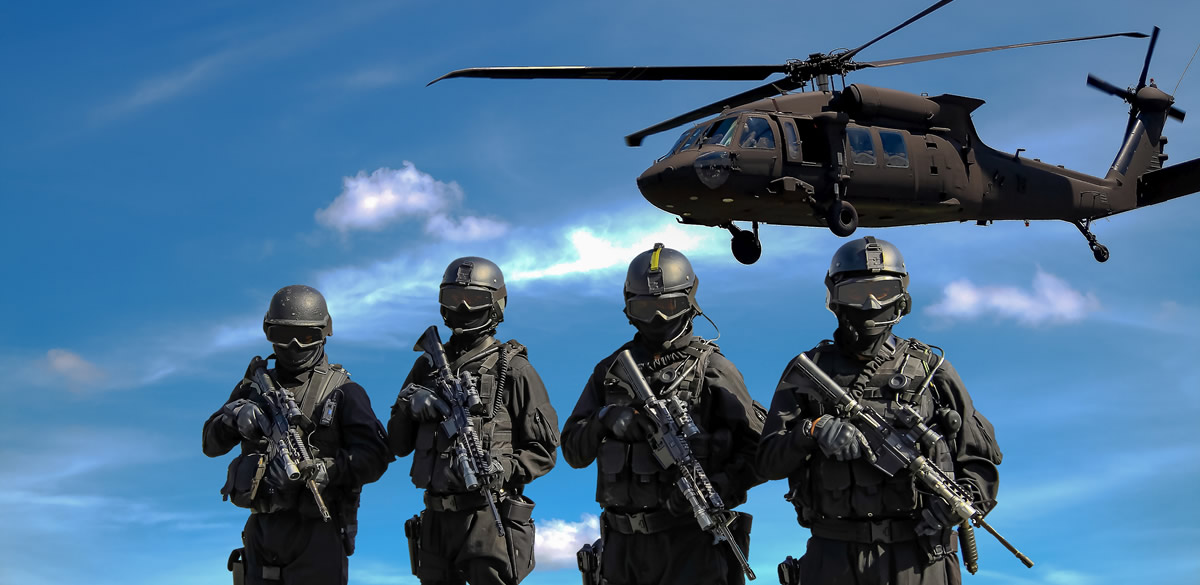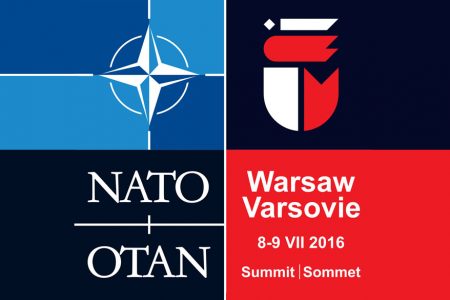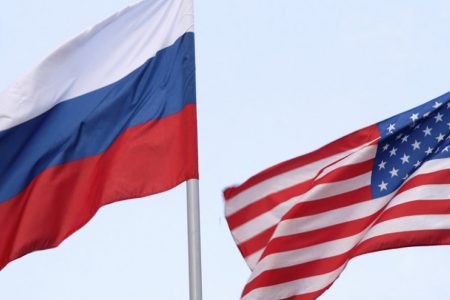On January 4th the Grindeanu government was sworn in and its governing program accepted by the Parliament. While in terms of foreign affairs, the document fails to offer a coherent vision and a realistic list of priorities, in terms of the country’s security environment, threats, and needs, the new government seems more coherent.
The document recognizes that as conventional warfare and its tools changed, and hybrid tactics are the go-to methods for geopolitical gains and power projection, security as states knew it, is gone. Romania is in a bad neighborhood as all around her borders are forcefully changed (Crimea), states destabilized (Ukraine), unresolved conflicts frozen, many countries unstable due to ISIL/Daesh, a lot of people migrating while some turning to terrorism. In this context, a conventional, military aggression is unlikely. However, the system needs to deter and handle all kinds of possible, future crises. As the mindset adapts to a 21st century paradigm, the coffers will receive 2% of GDP. On a short term, the Army should be able to maintain a high readiness level and to have the capabilities needed for collective defense in both NATO and the EU and for participating in international missions and operations. It should cooperate efficiently with other national institutions in the defense system, and offer support to the public administration in cases of emergencies. On a medium term, the Army should handle “unpredictable threats” (no details on how to prepare for the unpredictable) and will contribute to NATO credibility.
In terms of the measures, the Government pledges to implement, we get the well-known more NATO in Romania and more Romania in NATO as we want to have a bigger say in politics and planning. We plan to achieve this by increasing operational capacity and by pitching in to the Response Force. We would like to speed up getting the command and control structures (such as Multinational Divisional Headquarters Southeast) up and running. We plan on training with Alliance members, participating in the Connected Forces Initiative, and linking national exercises with NATO ones. On the EU side, we plan on supporting Common Security and Defense Policy and on being more active in policy making.
As Romania should be more of a pillar of stability and exporter of security, the army needs more capability, and so the government plans for multiannual programs. As Romania steps into 21st century warfare, we need more command and control, more intelligence, more reconnaissance, more early warning, more cyber, and a pinch of anti-tank, anti-ship and anti-sub capabilities. As multinational troops start relocating to Romania we seem to understand that we need logistics, medical support, and a better host nation support infrastructure. We know we need to fight hybrid warfare but it is not clear that we understand what we need for this.
As tanks are useless if we don’t know where we parked them, the governing program emphasizes the need for good resource management, in terms of human resources (education, training, career development, constant presence in theatres of operations, training experts for international positions), streamlining the bureaucracy (balance paying people – read pensions – with buying equipment, bulk procurement for the joint forces), working with friends (FNC, Smart Defense, CFI, Pulling and Sharing), and civilians (dual-use capabilities). We plan to restart the national military–industrial complex and to modernize medical support.
It is interesting to note that for the first time in the history of Romanian governing programs, the Grindeanu administration takes into consideration crisis management from both an institutional perspective and train-the-population one. Thus, a National Crisis Management System would link Romanian institutions with NATO and EU structures while the legislation would be changed to allow for national planning under MoD guidance. The government wants national capabilities to be interoperable, cooperation mechanisms and procedures in place, and an Army actively supporting local authorities in helping the population and managing post-disaster reconstruction.




